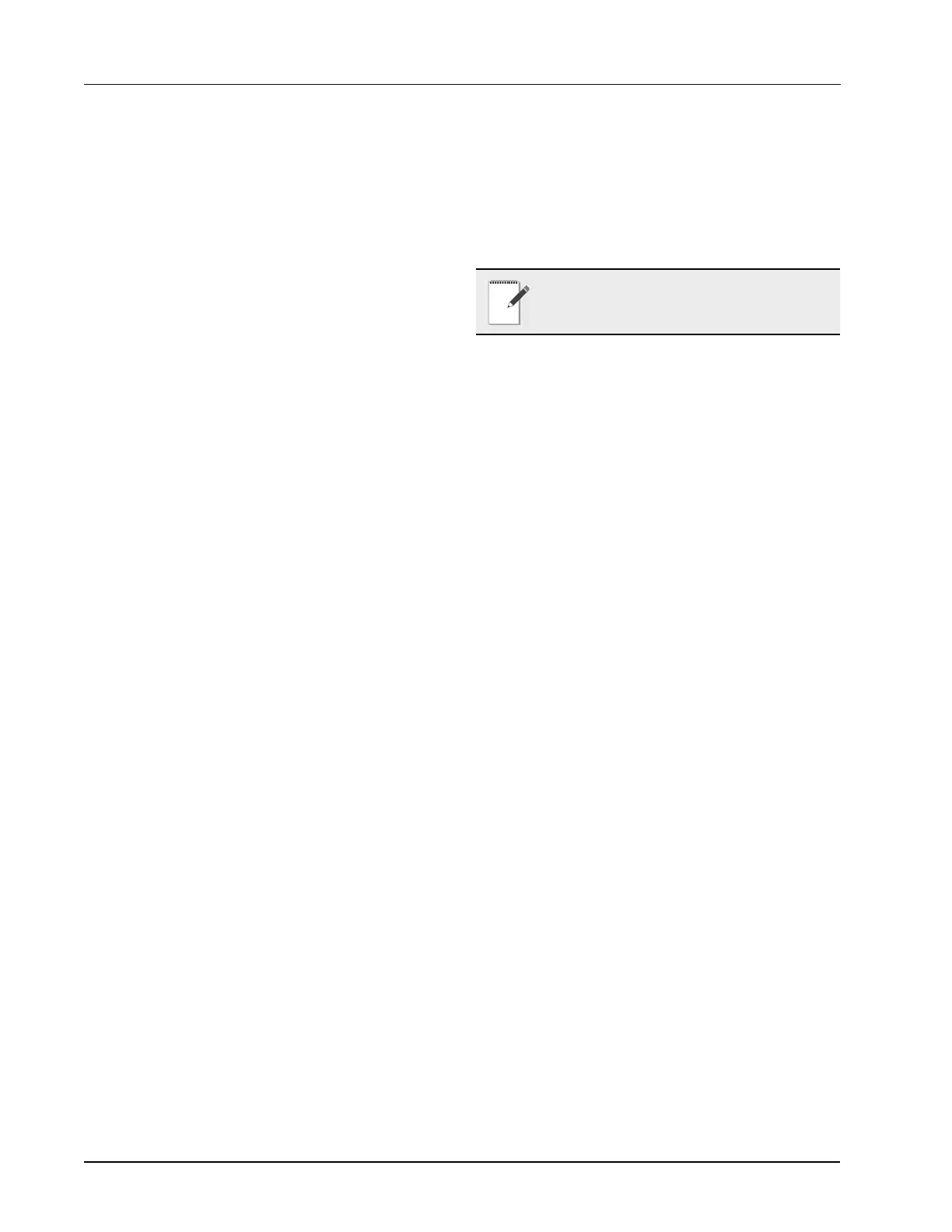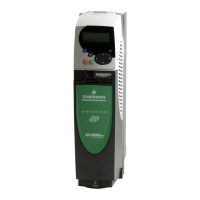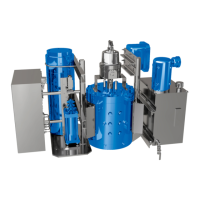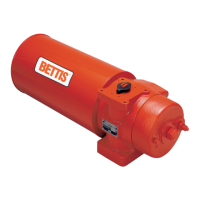5-6 • Site Supervisor Controller User Guide 2.0 026-1800 Rev 3 02-AUG-2016
whether the Count is reset based on the logic level, the
rising edge or the falling edge. The counter increments
based on the digital output after the bypass block.
The PRI DEMAND SHED input provides a way to
have the cell shut down in demand shed situations. If the
PRI DEMAND SHED is ON, the output will be set to the
logical OFF position by using the bypass functionality.
The Cmd When Off param will set the proper off value for
the output. The counter will not increment when in
demand shed regardless of the inputs.
5.3.2 Command Alarming
The command value will be used to determine the
alarm state. The command value is the combined value of
all the digital inputs of the cell, plus occupancy, and
schedules.
When the command value changes to alarm condition,
the delay timer will start. If the state changes, the timer
will stop and no alarm will be issued. If the state stays for
the duration of the timer, an advisory will be issued. If a
state change occurs to the opposite state after the advisory
has been issued, it will be returned to normal.
If the advisory is reset, and the alarm/notice condition
still exists, the delay period will be honored. Advisories
will return to normal if the command value stays in the
non-alarm/notice condition for the duration of the clear
delay. If the command value changes back to the alarm
condition, during the clear timer, the advisory will not
return to normal.
5.3.3 Alarm Output When On/Off
Parameters
Alarm When On redefines the definition of the
command “ON” as it relates to the state of the command
output. When the Sensor Control application calls for the
output to be “ON,” the command output will switch to the
state selected in the Cmd When On parameter. Select
either ON, OFF, or NotAct in this field.
5.3.4 Control Bypass
The digital output may be bypassed with a timed
bypass. The output by be bypassed to ON, OFF or NONE.
Once the STRT TIMED BYP goes high, the bypass
remains in effect until the Bypass Time has expired. The
CNCL TIMED BYP will cancel any bypass and operation
will return to normal. If STRT TIMED BYP is still on, it
must go low for one update before it will activate another
bypass.
5.4 Lighting Control
The Lighting Control application controls indoor and
outdoor lights. The number of Lighting Applications
allowed is based on the total number of applications
allowed in the controller. Additional applications (more
than 24) may be added with a separate license key.
5.4.1 Lighting Control Logic
The user can specify the combination of inputs
required to turn the lights on and a different combination
of inputs to turn the lights off. The four inputs that may be
combined are:
1. Digital Input - The digital input includes: Light
Level Sensor Input, Logic Input, Schedule Input
and Solar Input.
2. Light Level Sensor - If Light Level and Solar are
used together, Light level sensor checking will be
enabled if light level proof is enabled. If the Light
Level Sensor and Solar Calculation do not match
for a user-specified time delay, an alarm will be
generated. This alarm will be submitted to the
alarm subsystem. The text of the alarm will be
“Light Level Sensor - Possible Failure”.
3. Schedule - The controller's Lighting Application
will not provide an internal schedule capability.
An external time schedule application is required
to control the lighting output based on a schedule.
4. Solar (Sunrise/Sunset) - If Light Level and
Solar are used together, Light Level sensor
checking will be enabled if Light Level Proof is
enabled. If the Light Level Sensor and Solar
Calculation do not match for a user-specified
time delay, an alarm will be generated. This
alarm will be submitted to the alarm subsystem.
The text of the alarm will be “Light Level Sensor
- Possible Failure”.
The following parameters are provided by the
application to configure the logic for turning the light
output on or off.
• Input 1 - Chooses the type of input value that is
used as the first value in the logical equation.
Choose Logic, Sched, Llev, or Solar.
• Logic 1 - Chooses the method of combining Input
Source 1 with Input Source 2 (AND or OR). If you
NOTE: the View Lighting application status
events can be viewed from the device Status
screen.
